Read carefully signal(7), signal-safety(7) and sigaction(2). sa_restorer is obsolete and you are forbidden to use it.
How to make it work correctly?
So YouCompleteMe is correct (and clever!) in not showing it.
(your question should be: "How is YouCompleteMe clever enough to hide sa_restorer?")
The more interesting question is why it does not show it while sa_restorer apparently appear in e.g. /usr/include/x86_64-linux-gnu/bits/sigaction.h, but this is a different question (and I don't know its answer). I won't be surprised if youcompleteme handed specifically standard functions (e.g. has some configuration files about them). BTW YouCompleteMe is free software or open source so you can study its source code.
The type of sa_restorer is __sigrestore_t (see /usr/include/asm-generic/signal.h) and identifiers starting with underscores are reserved to the implementation and should not be used by user code so YouCompleteMe is perhaps skipping such fields or data. This is only a guess. Please check YouCompleteMe source code yourself (and perhaps also the code of other tools, such as libclang, used by it).
What I really want to ask is why can't youcompleteme show me more members of sigaction like sa_handler
On my Linux system, sa_handler is a macro, since /usr/include/x86_64-linux-gnu/bits/sigaction.h (internally included from <signal.h>) contains:
# define sa_handler __sigaction_handler.sa_handler
I won't be surprised if YouCompleteMe don't bother showing all macros in completion menus. There are too many of them! This (only a guess) might explain why sa_handler is not explicitly proposed for completion.
(perhaps if you type siga.sa_ the completer could be more wise and propose sa_handler but I did not try)
Your struct sigaction is only what the documentation tells. The actual implementation is more complex. Study it if you want to understand then improve the behavior of YouCompleteMe. Propose a patch (by working on it a few weeks or months) to YouCompleteMe to improve its behavior.
Your future patch on YouCompleteMe might handle specifically identifiers starting with underscores and preprocessor macros using them. That is an interesting project, but could take you a few months.

